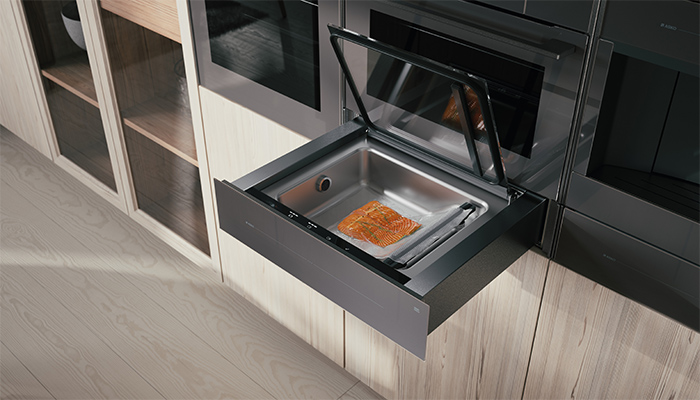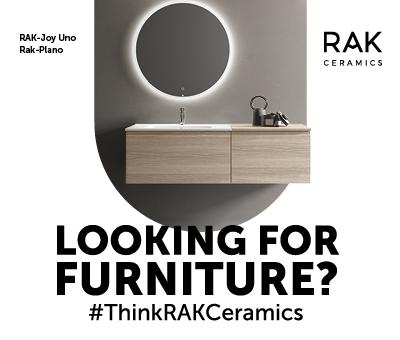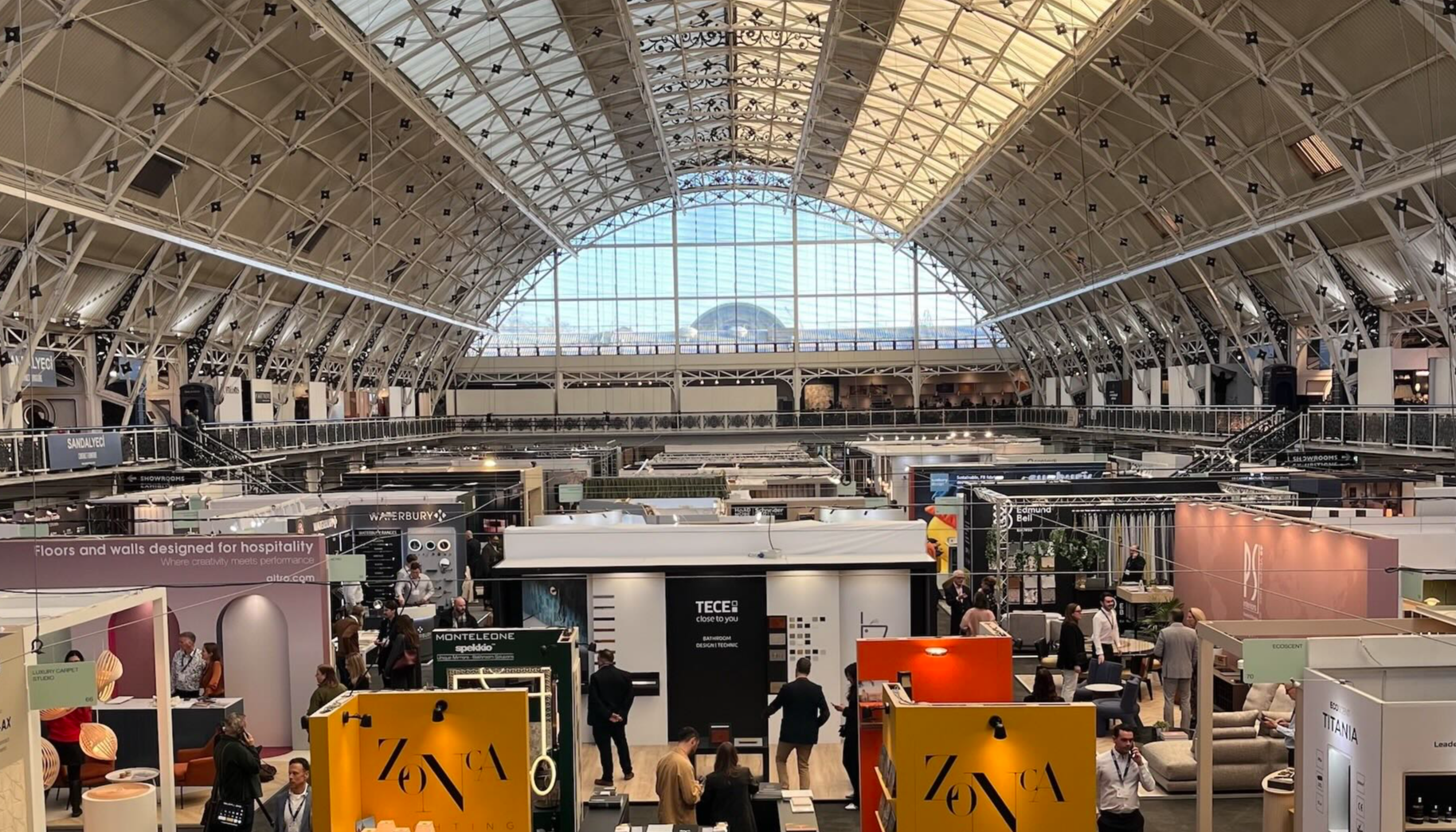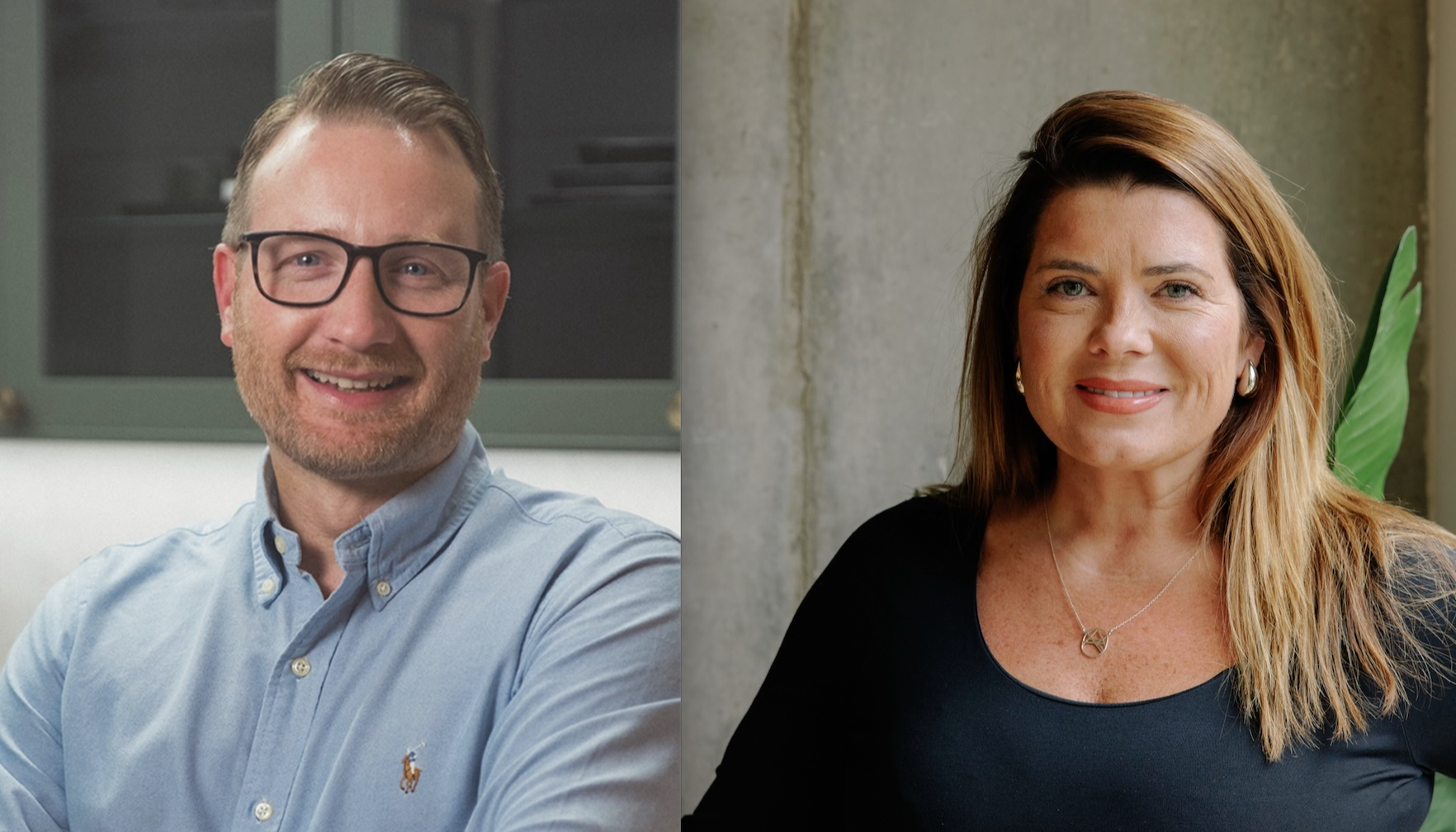How supplementary appliances can help retailers boost sales
Mon 2nd Dec 2024 by Nicola Hanley

How supplementary appliances can help retailers boost sales
The rise in home entertaining is driving demand for supplementary appliances, which is good news for kitchen retailers keen to capitalise on add-on sales. Nicola Hanley finds out more.
While it might not be great news for the hospitality sector, the growth in home entertaining certainly seems to be having a positive impact on the domestic appliance market, creating demand for smaller, integrated appliances that make life easier for budding chefs and hosts alike. It’s a trend that brands are readily responding to by enhancing their product portfolios with innovative, supplementary appliances that provide a seamless solution for consumers while helping retailers boost their bottom lines.

“Home entertaining is something more than a fifth (22%) of homeowners told us they enjoy doing in their kitchen as part of our Homes For Living report, so technologies that tap into that are in demand,” says Rachel Tuckey, chief product and marketing officer at Häfele UK. “For retailers looking for ways to upsell, home entertaining offers a strong opportunity. Because by providing the right solutions you ensure you’re playing a part in the homeowner achieving their desired lifestyle for years into the future.”

Jo Sargent, sales and marketing director at Franke UK, agrees: “The rise in home entertaining has boosted demand for high-quality supplementary appliances, particularly in the coffee sector. As trends like cafécore gain popularity and coffee consumption soars, consumers are investing in specialist equipment such as built-in coffee machines to recreate the café experience at home. Machines with customisable settings for strength, temperature and foam density are now seen as both practical and luxurious.”

For Rangemaster's marketing manager Emma Cowley, it is the wine cabinet sector that is reaping the rewards of this lifestyle trend. She says that with the latest models morphing into ‘entertaining coolers’ to also cater for the rise in sobriety among some consumers, these versatile appliances are serving everyone. “Wine cabinets make an ideal add-on sale, offering a dual-purpose solution that stores everything from Sauvignon and zero-alcohol gin to soft drinks, sparkling water or mixers – all at optimal temperatures for the best guest experience.”

Traditionally, small appliances tended to be freestanding, which could prove problematic for space-starved consumers, points out Andy Cummings, Bora’s head of sales UK. “However, integrated solutions are easily accessible without sacrificing style,” he says. “Take, for instance, the BORA QVac built-in vacuum sealer. It’s integrated into the worktop so it's always ready to use without the hassle of digging it out from a cupboard. This approach not only saves time but also encourages a more organised kitchen environment. Critically for the independent retailer this offers an upsell opportunity and a chance to add valuable margin to an overall kitchen sale.”

Last year German manufacturer Bora also extended its offering with a lighting range, designed to complement its range of cooktop extractors. It’s a sector that Novy, which is also a pioneer of vented hobs, recently entered, too. “When we launched the gesture-controlled Novy Designer Lighting Collection, we actively targeted premium kitchen retailers to include the lighting in their showroom displays,” says Jenny Nalborczyk, marketing manager at Novy UK. “We have repeated evidence that this add-on sale works where consumer clients have visited kitchen showrooms to buy a vented hob and have left with an order for one or more Designer Lighting models as well."

Jessica Rhodes, product & marketing manager at Asko, says that supplementary appliances are seen by many buyers as an investment in their home. “While consumers are certainly more mindful of spending, there are many who view supplementary appliances as long-term investments. These buyers are often seeking premium features that enhance both convenience and quality in their kitchens,” she says. “Appliances like our integrated Vacuum Drawer allow users to take cooking to a new level, offering techniques like sous vide, which were once exclusive to professional chefs. Additionally, as consumers are more conscious of sustainability, they value appliances that help minimise food waste through effective storage.”

Miele also says that economic pressures aren’t dampening demand for supplementary appliances as consumers look to invest in innovative products. “For instance, our warming drawers are being used creatively — not just for heating plates, but also for slow-cooking or proving dough. It’s about making the most of available space and offering flexible, multifunctional solutions,” says Tom Hopper, kitchens manager at Miele GB.

And what’s next for the sector? Franke’s Sargent says the outlook is positive: “The market for supplementary appliances will continue to grow, driven by trends in home entertaining and the desire for luxury, customisable kitchen experiences. However, it is likely to remain a niche, with core appliances like ovens and hobs still leading mainstream kitchen purchases.”


Tags: kitchens, features, supplementary appliances, add-on sales, appliances, franke, rangemaster, novy, bora, miele, häfele, asko, insinkerator





























